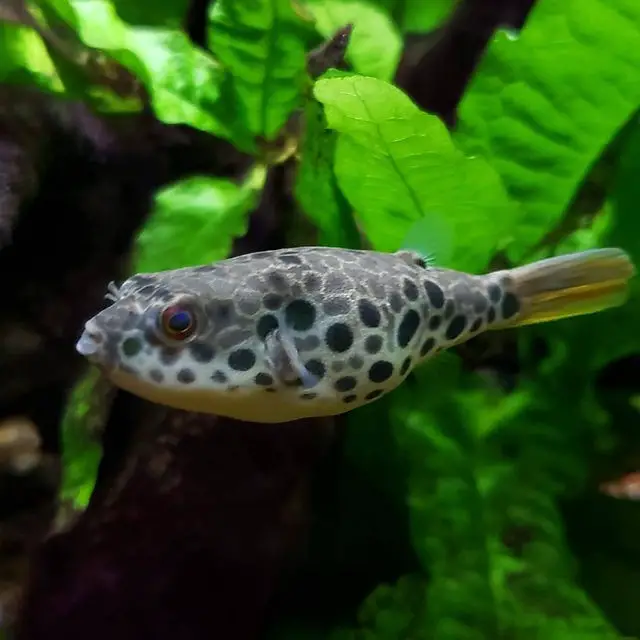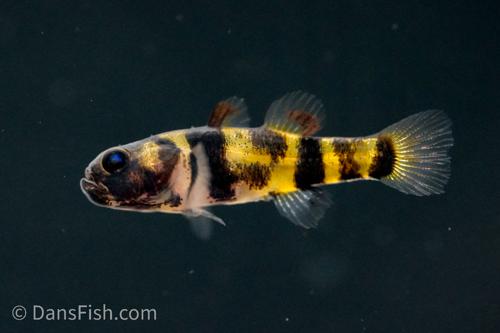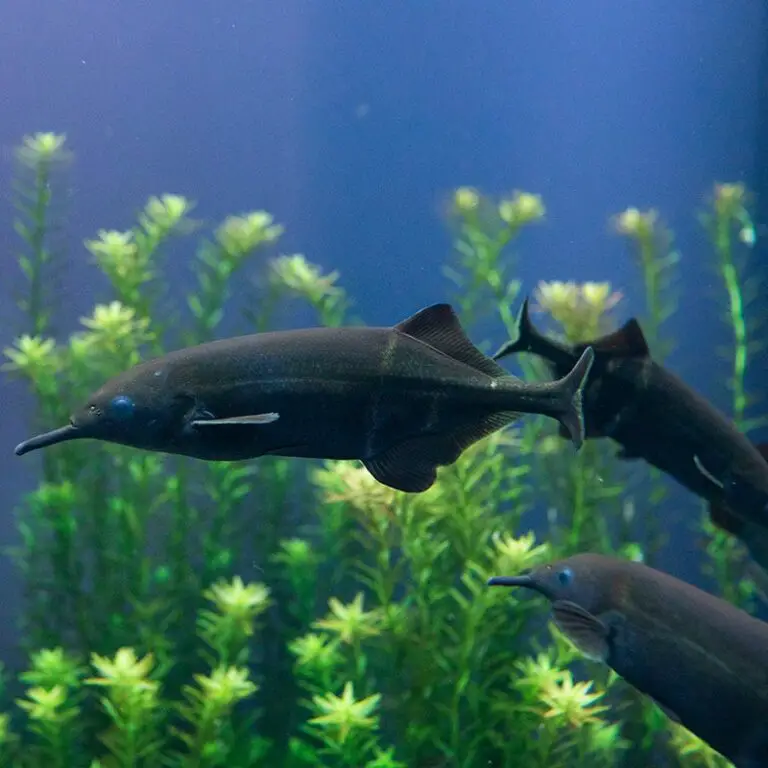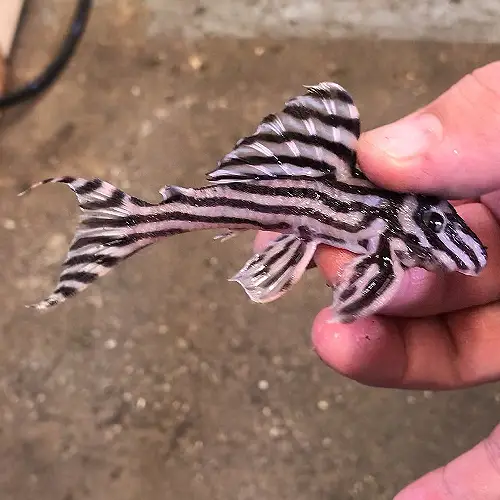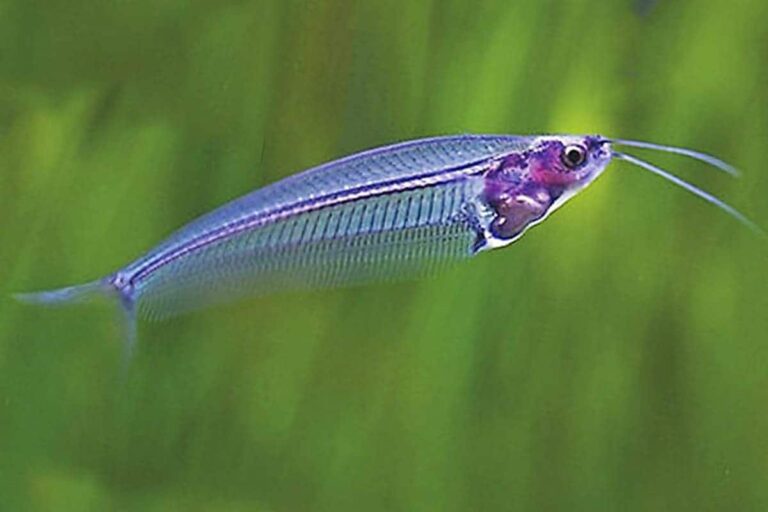Spotlight on Spotted Congo Puffer: A Charismatic Character in Freshwater Aquariums
The Spotted Congo Puffer, Tetraodon schoutedeni, may not be as common a household name as the goldfish or the betta, but it is a charismatic creature that adds a dash of unique charm to freshwater aquariums. For aquarium enthusiasts looking for a distinctive addition to their ecosystems, the Spotted Congo Puffer stands out not just for its delightful appearance but also for its interactive behavior and intriguing habitat needs. In this comprehensive guide, we’ll take a deep dive into the world of this pint-sized puffer fish and explore everything you need to know about keeping one as a happy resident in your aquatic haven.
Characteristics of the Spotted Congo Puffer
Physical Appearance
The Spotted Congo Puffer is natively found in the Congo River basin in Central Africa and sports a striking pattern of black spots that contrast a light, sand-colored body. They are small in size, measuring only about 2-3 inches long when fully grown. Their small stature, rounded body, and large expressive eyes give them a ‘puppy dog’ look that can be quite endearing.
Behavior and Temperament
This puffer is known for its inquisitive nature and playful demeanor. It’s common to see them investigating their surroundings or interacting with tank companions and even their keepers. However, they are also territorial and can be aggressive, especially towards their own kind or similar-looking species. Due to this trait, it’s best to house them alone or in a carefully curated community tank.
Habitat Preferences
Naturally, Spotted Congo Puffers prefer warm, soft, and slightly acidic water conditions, much like their riverine homes. They require ample hiding spaces, as they tend to get stressed in open environments. Live plants are a welcome addition to their aquarium, providing not only shelter but also entertainment as these puffers tend to nip at plant leaves and roots.
Care and Tank Requirements
Water Parameters
To mimic their natural environment, maintain water temperatures between 75-82°F with a pH ranging from 6.5 to 7.5. The hardness of the water should be soft to moderate. Good filtration is essential due to their messy eating habits and the potential for a tank to quickly accumulate waste.
Diet and Feeding Habits
Spotted Congo Puffers are carnivorous and should be fed a meaty diet that includes live or frozen foods like bloodworms, brine shrimp, and small snails. Their sharp beak-like teeth signify their diet primarily consists of snails and crustaceans in the wild, so providing hard-shelled foods can help keep their teeth trimmed.
Tank Setup and Companions
Decorate the tank with driftwood, caves, and other hiding spots, leaving open swimming spaces. It’s crucial to choose tankmates wisely, as the Spotted Congo Puffer’s aggressive tendencies can lead to problems if they are housed with slow-moving or docile fish. Ideally, companions should be of similar size and temperament.
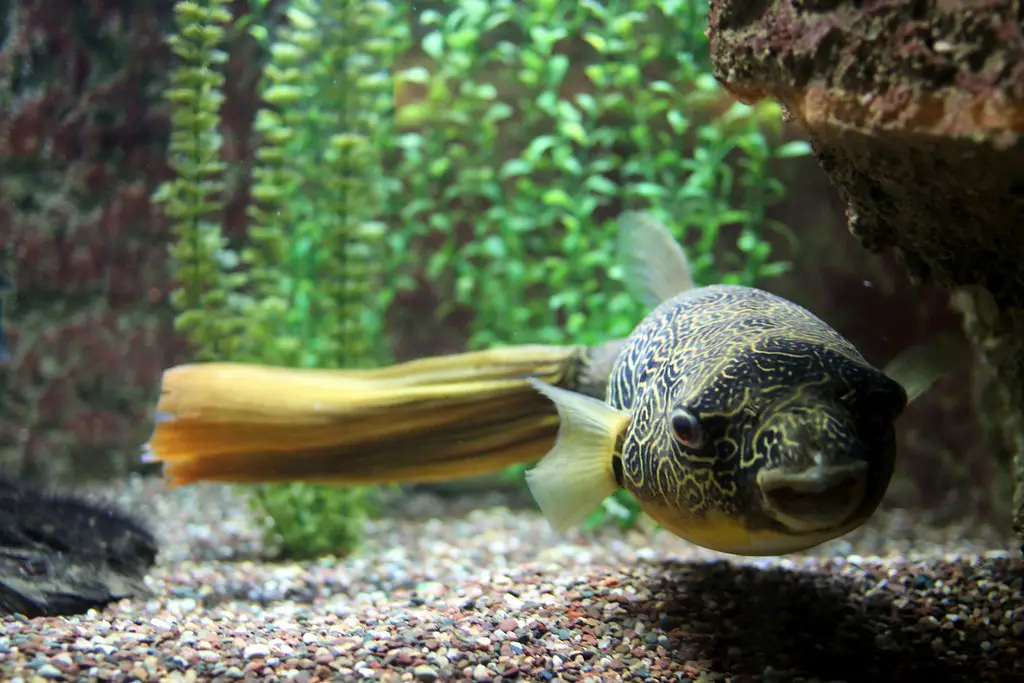
Interesting Facts and Trivia
Unique Behaviors
Spotted Congo Puffers have several intriguing behaviors that make them stand out. They’re known to change their color, darkening or lightening in response to different stimuli, which can be a useful communication tool for keeping an eye on their mood. They’re also enthusiastic burrowers, often spending time sifting through the substrate in search of food and to create hiding spots.
Fun Facts
These puffers are not strong swimmers and tend to be bottom-dwellers, slowly gliding through the lower levels of the tank. Their size and agility, or lack thereof, give them a comical presence that many aquarists find charming. Additionally, the Tetraodon genus, which includes the Spotted Congo Puffer, is an ancient group of fish with a history that stretches back millions of years.
Health and Disease Management
Common Diseases
Spotted Congo Puffers, like many other freshwater fish, are susceptible to common bacterial or parasitic infections. One of the most distinctive illnesses puffers can develop is “puffer fish disease,” caused by infestations of nematode worms. The best way to prevent this is by feeding puffers a varied diet, avoiding overfeeding, and maintaining pristine water conditions.
Tips for Maintaining Their Health
Regular water changes and quality water parameters are imperative for puffer health. Additionally, quarantine any new additions to the tank to prevent the spread of diseases. Observing their eating habits and making sure they are consuming enough food is a good way to stay ahead of any potential health issues.
Conclusion
The Spotted Congo Puffer may be small, but its presence is sure to leave a big impression on any aquarium enthusiast. They require a bit of extra care and attention, but the rewards of their charming antics and unique personality more than make up for it. By maintaining a customized habitat with the right companions, a healthy diet, and a watchful eye on their health, aquarists can enjoy the delightful company of this special puffer for years to come. Whether you’re a seasoned aquarium keeper or just starting out, the Spotted Congo Puffer could be the perfect addition to your aquatic family.
